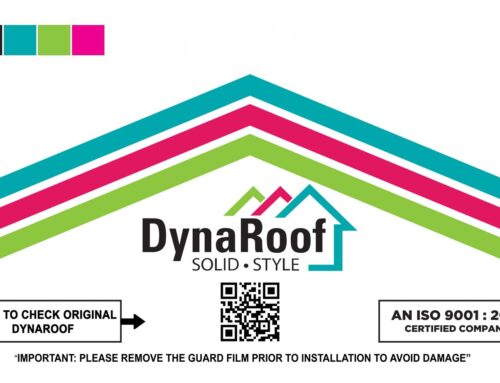We already know that ventilation is the flow of air through a system of intake and
exhaust. But why do we need ventilation for the roof? Let us look at the main reasons
behind the science of roof ventilation.
By the late 20th-century building engineers recognized that condensation problem in
buildings were due to the poorly ventilated roof.
So how does ventilation for your home, work?
The science behind the ventilation
Basic knowledge says Ventilation only works when air flows. The primary ways to
create airflow within a space are:
Mechanical: For this, you need a power source.
Natural: This uses natural airflow where the stack effect and the wind effect work in
unison to circulate air.
Roof ventilation at work
Every home has specific ventilation systems. For an effective roof ventilation
system, you have to consider code requirements, climate, roof and ceiling designs.
The two main types of ventilation are:
- Exhaust Vents
- Intake Vents
Exhaust vents: They allow exhaust to escape. Ridge vents are the most common type of exhaust vents. You need to install Ridge vents at the intersection of two roof planes of ridges. To give a seamless look to the roof, they are made of the moulded, high-impact copolymer. It is generally invisible to the untrained
eye.
Intake vents: Just like the ridge vents, intake vents are also made of copolymer material.
Roof maintenance instals vents at the eaves under the roof edges or the drip edge. Intake
vents work with ridge vents allowing cool air to enter the space and forcing the warm air
to exit.
Benefits of roof ventilation
1. Comfortable living
Roof Ventilation works as escape routes for hot air and prevents heat from building up
inside the home. Thus, they regulate the temperature that could otherwise damage your
shingles from the inside out.
2. Reduces energy costs.
The home is more comfortable if it has proper roof ventilation. Good ventilation also
cuts the use of air conditioners as it allows trapped heat to escape. Consequently, there
is a huge saving on electricity costs.
3. Reduces indoor temperature extremes.
Ventilation allows the hot air to escape and lets in the cool air, therefore, your home
is comfortable throughout the year.






Leave A Comment